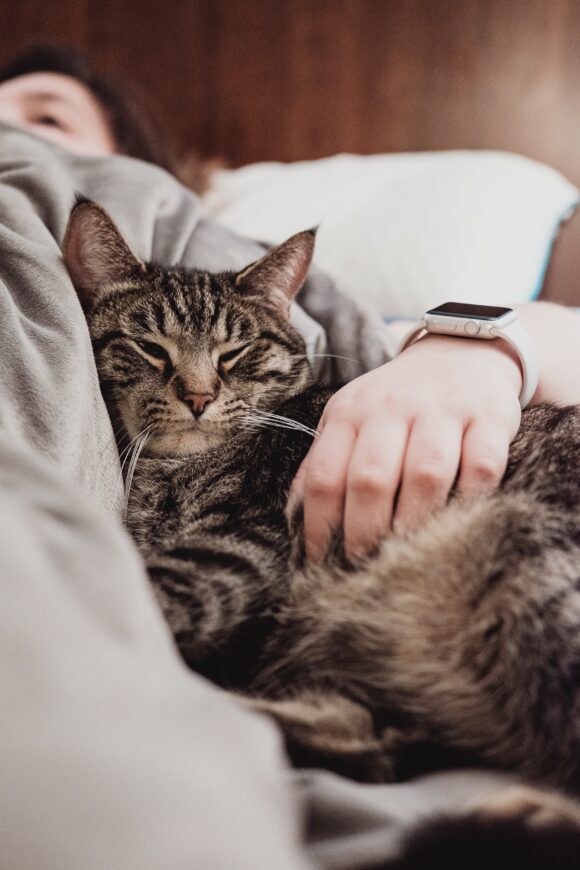Tips for Housebreaking a Puppy
So, you’ve just brought home a new furry addition to your family – a cute little puppy! However, along with all the joy and excitement, you’re also faced with the challenge of housebreaking your new pup. Don’t worry, though! In this article, you’ll find a few valuable tips that will help make the process of housebreaking your puppy a whole lot easier. From establishing a routine to positive reinforcement, let’s explore the key strategies that will set your furry friend up for success in no time.

1. Set Up a Schedule
Setting up a schedule is crucial when it comes to housebreaking a puppy. Just like humans, dogs thrive on routine and predictability. By establishing consistent feeding times, you can predict when your furry friend will need to relieve themselves. Make sure to feed your puppy at the same times each day, ideally in the morning and evening. By being consistent with their mealtimes, you can create a regular potty schedule for them as well.
2. Choose a Designated Elimination Area
Choosing a designated elimination area is essential to teach your puppy where it’s appropriate to go potty. Select a specific spot in your yard where you want your puppy to relieve themselves. This could be a corner of the backyard or a small section with gravel or turf. By consistently bringing your puppy to this spot, you help them associate it with going potty. The scent left behind will also reinforce the behavior.
3. Use Positive Reinforcement
Positive reinforcement is a powerful tool when it comes to housebreaking a puppy. Whenever your furry friend successfully uses their designated elimination area, praise them enthusiastically! You can offer verbal praise, petting, or a small treat as a reward. Dogs thrive on positive attention, and this will encourage them to repeat the behavior. Remember to be patient and consistent, as it may take some time for your puppy to fully understand what is expected of them.
4. Supervise and Limit Freedom
While housebreaking your puppy, it’s important to supervise them and limit their freedom around the house. This means keeping a close eye on them, especially during the initial stages of training. Use baby gates or playpens to confine your puppy to a small area where they can be supervised. This will prevent them from wandering off and having accidents in other parts of the house. As your puppy becomes more reliable with their potty training, you can gradually give them more freedom.

5. Take Frequent Potty Breaks
During the housebreaking process, it’s crucial to take frequent potty breaks with your puppy. Puppies have small bladders and can’t hold their pee or poop for extended periods. Aim to take them out to their designated elimination area every 1-2 hours, especially after meals, playtime, or naps. By providing them with regular opportunities to go potty outside, you minimize the chances of accidents occurring indoors.
6. Be Consistent with Commands
Consistency in your commands is key when housebreaking a puppy. Use a specific cue or phrase, such as “go potty” or “do your business,” each time you take your puppy to their elimination area. By using the same command consistently, your puppy will associate it with the action of going potty. This will make it easier for them to understand what is expected of them and encourage them to go to the designated spot when commanded.

7. Clean Accidents Promptly
Accidents are bound to happen during the housebreaking process. When they do, it’s important to clean them promptly and thoroughly. Dogs have a keen sense of smell, and if the scent of their urine or feces lingers in an area, they may be more inclined to go potty there again. Use an enzymatic cleaner specifically designed for pet accidents to eliminate any lingering odor. This will help prevent your puppy from developing a preference for going potty indoors.
8. Keep a Potty Journal
Keeping a potty journal can be incredibly helpful when housebreaking a puppy. Record each time your puppy goes potty, noting the time, location, and whether it was a successful or unsuccessful attempt. This journal will allow you to track patterns and identify any recurring issues or potential triggers for accidents. By understanding your puppy’s routine and needs better, you can adjust your training methods accordingly and increase the chances of success.
9. Consider Crate Training
Crate training can be a valuable tool in housebreaking your puppy. Dogs naturally have an aversion to soiling their sleeping area, making a crate an effective way to prevent accidents. When using a crate, make sure it’s appropriately sized for your puppy, providing enough space for them to stand, lie down, and turn around comfortably. Gradually acclimate your puppy to the crate by making it a positive and comfortable space for them. Never use the crate as a form of punishment, as it should be a safe and cozy den-like environment for your furry friend.
10. Seek Professional Help When Needed
If you encounter significant challenges or difficulties in housebreaking your puppy, don’t hesitate to seek professional help. A professional dog trainer or animal behaviorist can provide guidance and support tailored to your specific situation. They can assess any underlying behavioral issues and provide you with effective strategies to address them. Remember that every puppy is unique, and professional assistance can make a world of difference in successfully housebreaking your furry friend.
By following these ten tips, you can set yourself and your puppy up for success in the housebreaking process. Remember that patience, consistency, and positive reinforcement are key. With time, dedication, and plenty of love, your adorable little pup will become a potty-trained marvel!


